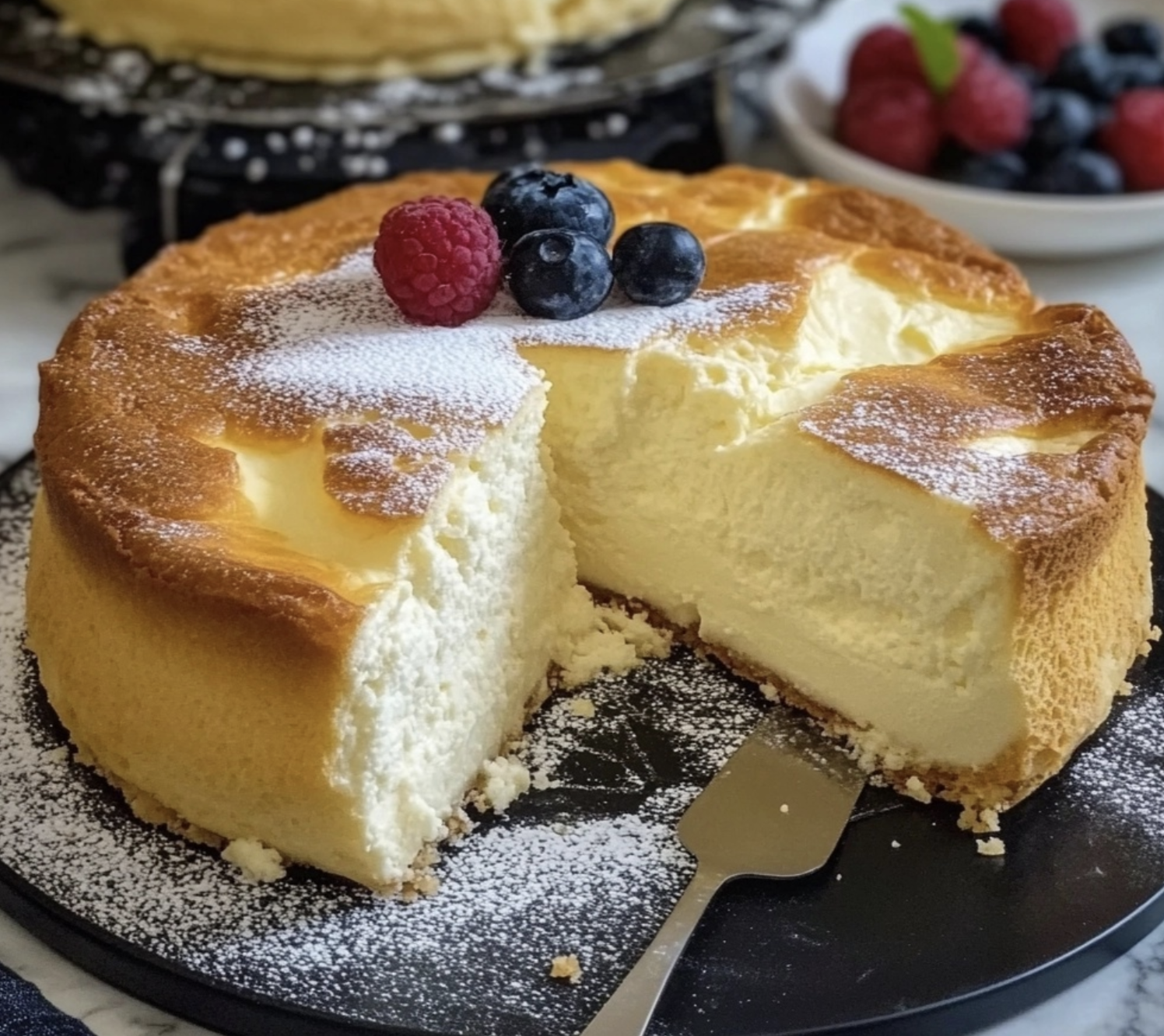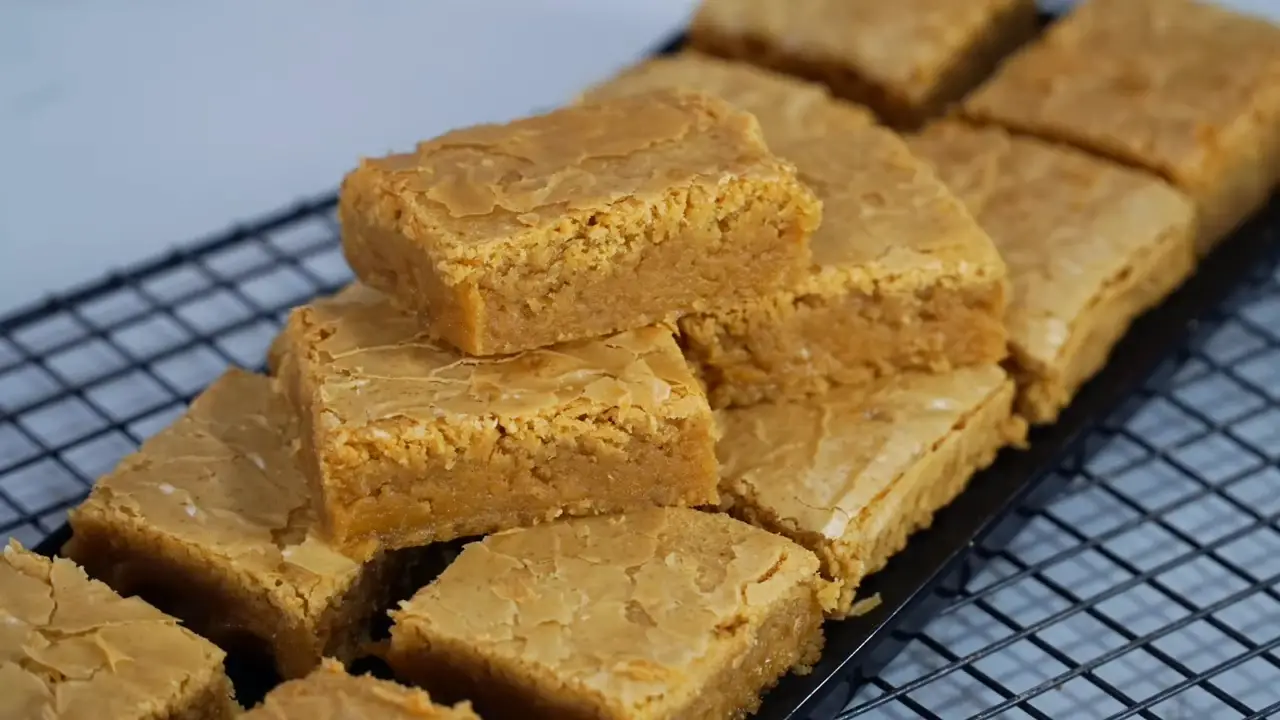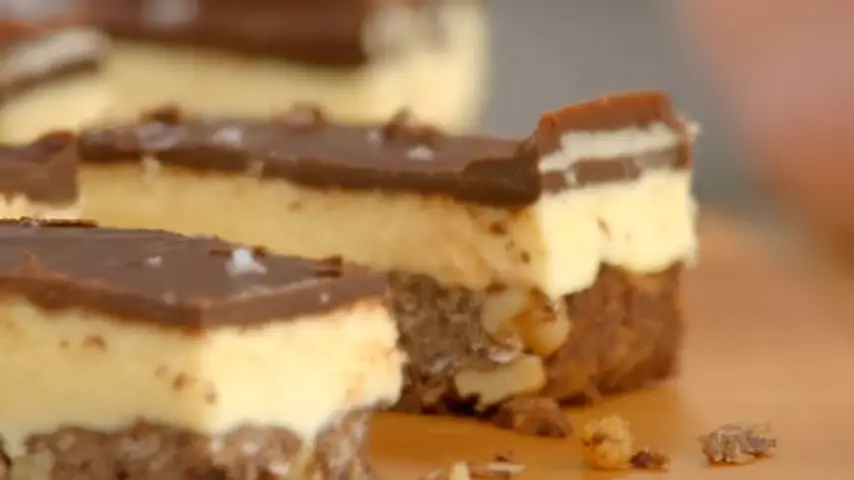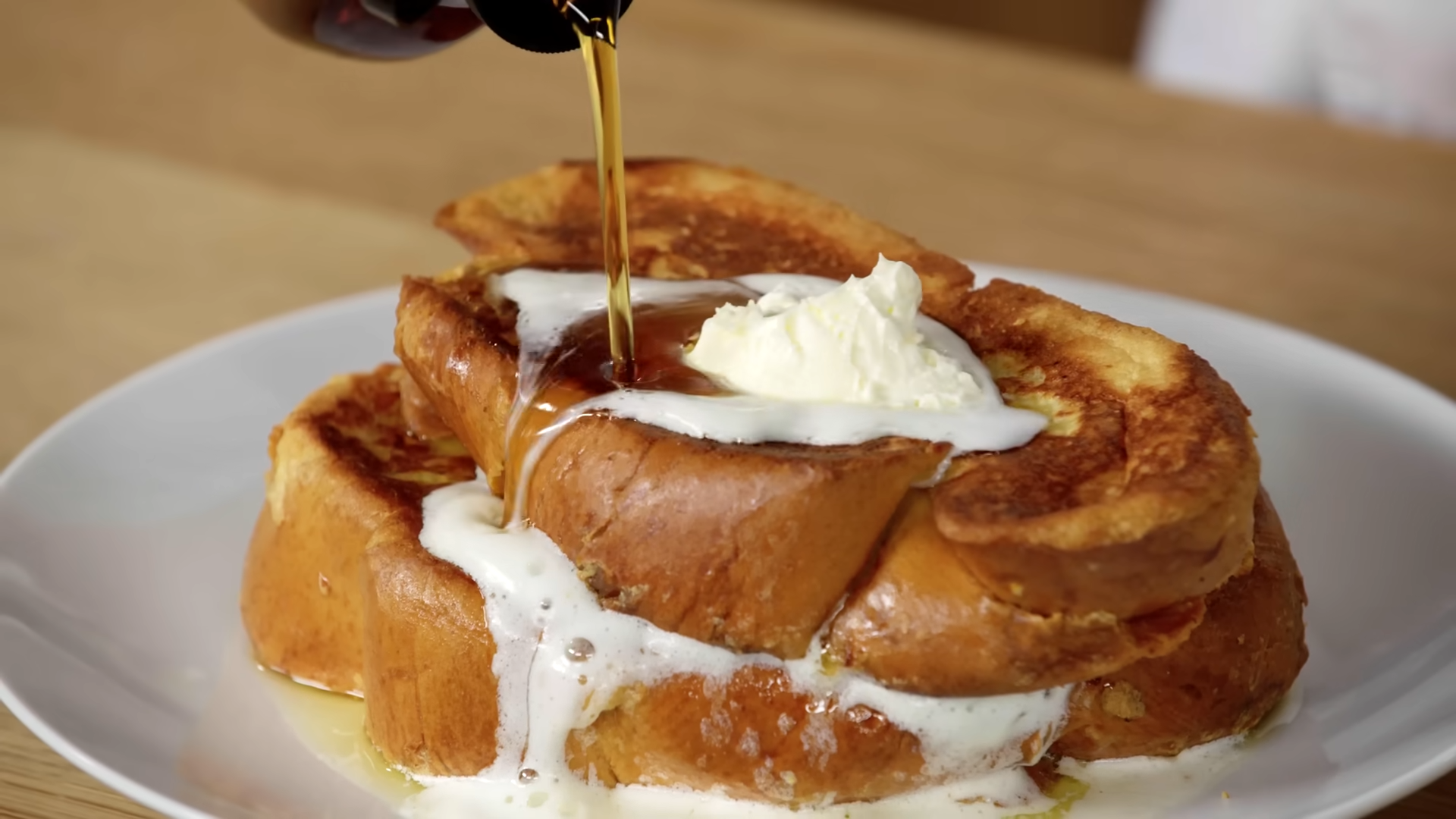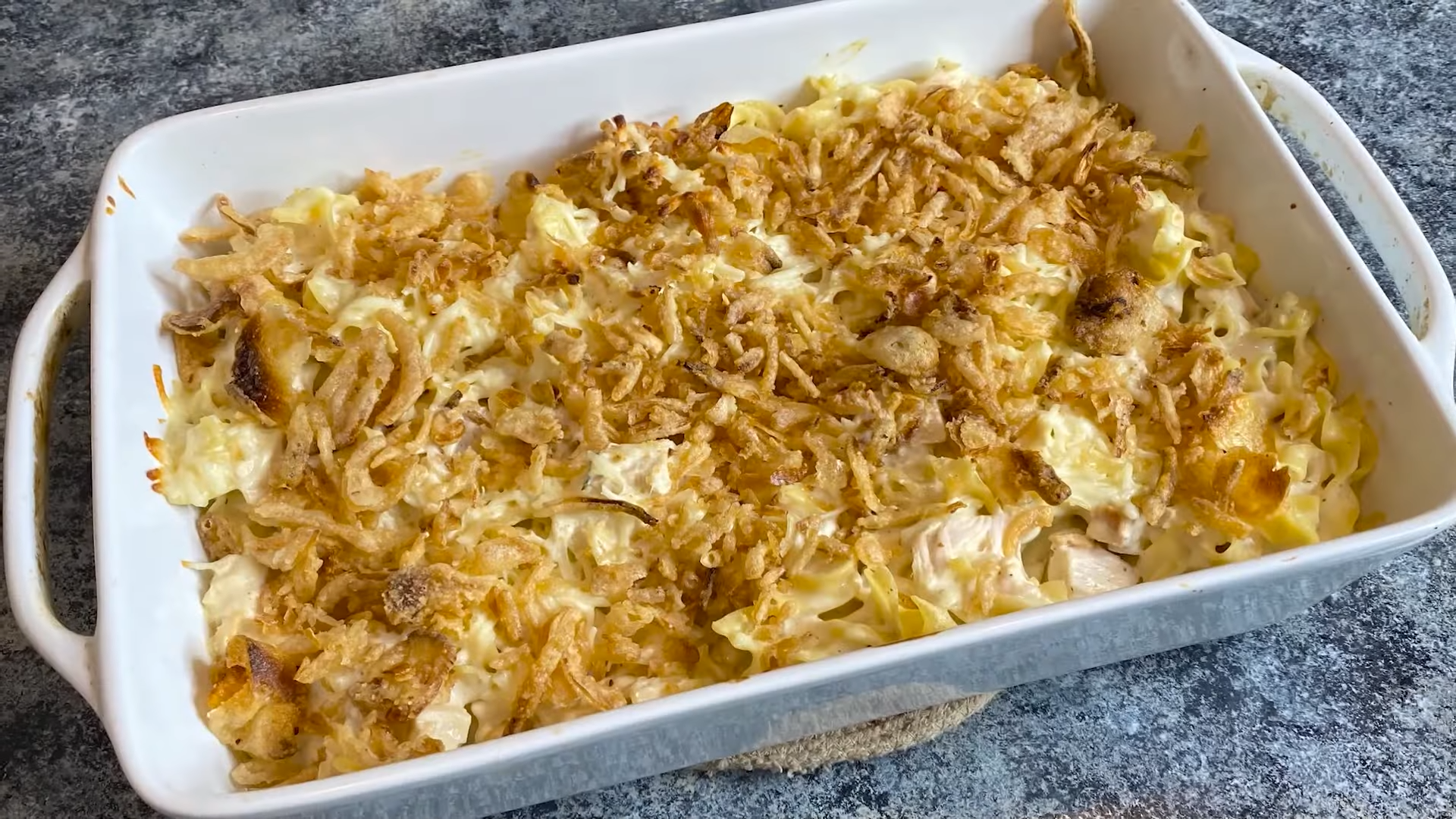Japanese Cotton Cheesecake: A Light and Fluffy Delight
Introduction
Japanese cotton cheesecake is a delightful dessert that combines the rich and creamy texture of traditional cheesecake with the light and airy consistency of a sponge cake. This unique variation of cheesecake originated in Japan and has gained popularity around the world for its delicate flavor and fluffy texture. In this article, we will guide you through the process of making your very own Japanese cotton cheesecake, from the ingredients you’ll need to the step-by-step instructions. Get ready to indulge in a heavenly treat that will leave you craving for more!
Ingredients
For the Cheesecake:
- 6 large eggs, separated
- 140 grams of granulated sugar
- 50 grams of unsalted butter
- 250 grams of cream cheese, softened
- 100 milliliters of whole milk
- 60 grams of all-purpose flour
- 20 grams of cornstarch
- 1 teaspoon of vanilla extract
- 1 teaspoon of lemon juice
For the Whipped Cream Topping (optional):
- 200 milliliters of heavy cream
- 30 grams of powdered sugar
- 1 teaspoon of vanilla extract
Steps
Step 1: Preparing the Cheesecake Batter
Preheat your oven to 320°F (160°C) and line the bottom of a 9-inch (23 cm) round cake pan with parchment paper.
In a heatproof bowl over a pan of simmering water, melt the butter and cream cheese together, stirring until smooth. Remove from heat and set aside to cool.
In a separate bowl, whisk together the egg yolks, milk, vanilla extract, and lemon juice until well combined.
Add the cooled cream cheese mixture to the egg yolk mixture and mix until smooth.
Sift the flour and cornstarch into the bowl and mix until the batter is well combined and free of lumps.
Step 2: Whipping the Egg Whites
In a clean mixing bowl, beat the egg whites using an electric mixer until foamy.
Gradually add the sugar to the egg whites while continuing to beat until soft peaks form.
Continue beating until stiff peaks form, ensuring that the egg whites are glossy and hold their shape when the beaters are lifted.
Step 3: Folding the Batter
Gently fold the whipped egg whites into the cheesecake batter in three separate additions. Be careful not to overmix, as this will deflate the batter.
Pour the batter into the prepared cake pan, smoothing the top with a spatula.
Step 4: Baking the Cheesecake
Place the cake pan in a larger baking pan or roasting pan filled with hot water, creating a water bath.
Bake the cheesecake in the preheated oven for about 60-70 minutes or until the top is golden brown and the center is set but still slightly jiggly.
Once baked, turn off the oven and leave the cheesecake inside for about 10 minutes with the oven door slightly ajar to prevent sudden temperature changes.
Remove the cheesecake from the oven and let it cool completely in the pan before transferring it to a serving plate.
Variations
While the classic Japanese cotton cheesecake is already a delectable treat on its own, you can experiment with different flavors and toppings to create your own unique variations. Here are a few ideas to inspire you:
Matcha Green Tea Cheesecake:
Add 1 tablespoon of matcha green tea powder to the cheesecake batter and mix well before folding in the whipped egg whites. This will give your cheesecake a beautiful green color and a subtle matcha flavor.
Chocolate Marble Cheesecake:
Melt 100 grams of dark chocolate and fold it into a portion of the cheesecake batter before adding it back to the main batter. Swirl the mixture gently with a skewer or a knife to create a marbled effect.
Fruit Toppings:
Serve your Japanese cotton cheesecake with a variety of fresh fruits like strawberries, blueberries, or raspberries. You can also drizzle some fruit coulis or a light fruit sauce over the top for added sweetness.
Tips
- Make sure all your ingredients are at room temperature before you begin to ensure a smooth and well-incorporated batter.
- Separate the egg whites and yolks carefully, ensuring no traces of yolks are mixed with the whites. Even a small amount of yolk can prevent the egg whites from properly whipping.
- When folding the whipped egg whites into the batter, use a gentle folding motion to maintain the light and airy texture.
- Do not open the oven door during baking to prevent the cheesecake from sinking or cracking.
- Let the cheesecake cool completely in the pan before removing it to prevent it from breaking apart.
Conclusion
Japanese cotton cheesecake is a delightful dessert that combines the best of both worlds – the richness of cheesecake and the lightness of a sponge cake. With its fluffy texture and delicate flavor, it’s a treat that will leave your taste buds dancing with joy. By following the steps outlined in this article and adding your own creative twists, you can easily recreate this heavenly dessert in your own kitchen. So go ahead, indulge in the magic of Japanese cotton cheesecake and experience a taste sensation like no other!
FAQs
1. Can I use a different size of cake pan?
Yes, you can use a different size of cake pan, but keep in mind that the baking time may vary. Adjust the baking time accordingly and keep an eye on the cake to ensure it is fully cooked.
2. Can I make the cheesecake ahead of time?
Yes, you can make the cheesecake ahead of time. Once cooled, wrap it tightly in plastic wrap and store it in the refrigerator for up to 3 days. Allow the cheesecake to come to room temperature before serving.
3. Can I freeze the cheesecake?
Yes, you can freeze the cheesecake. Wrap it tightly in plastic wrap and then in aluminum foil before placing it in the freezer. The cheesecake can be frozen for up to 2 months. Thaw it in the refrigerator overnight before serving.
4. Can I use a different type of cheese?
The traditional Japanese cotton cheesecake recipe calls for cream cheese, but you can experiment with different types of cheese such as ricotta or mascarpone. Keep in mind that the flavor and texture of the cheesecake may vary depending on the cheese you use.
5. Can I skip the water bath?
Absolutely! While a water bath helps to ensure even baking and prevent cracks, you can still bake the cheesecake without it. Just be aware that without a water bath, the top of the cheesecake may develop some cracks.

